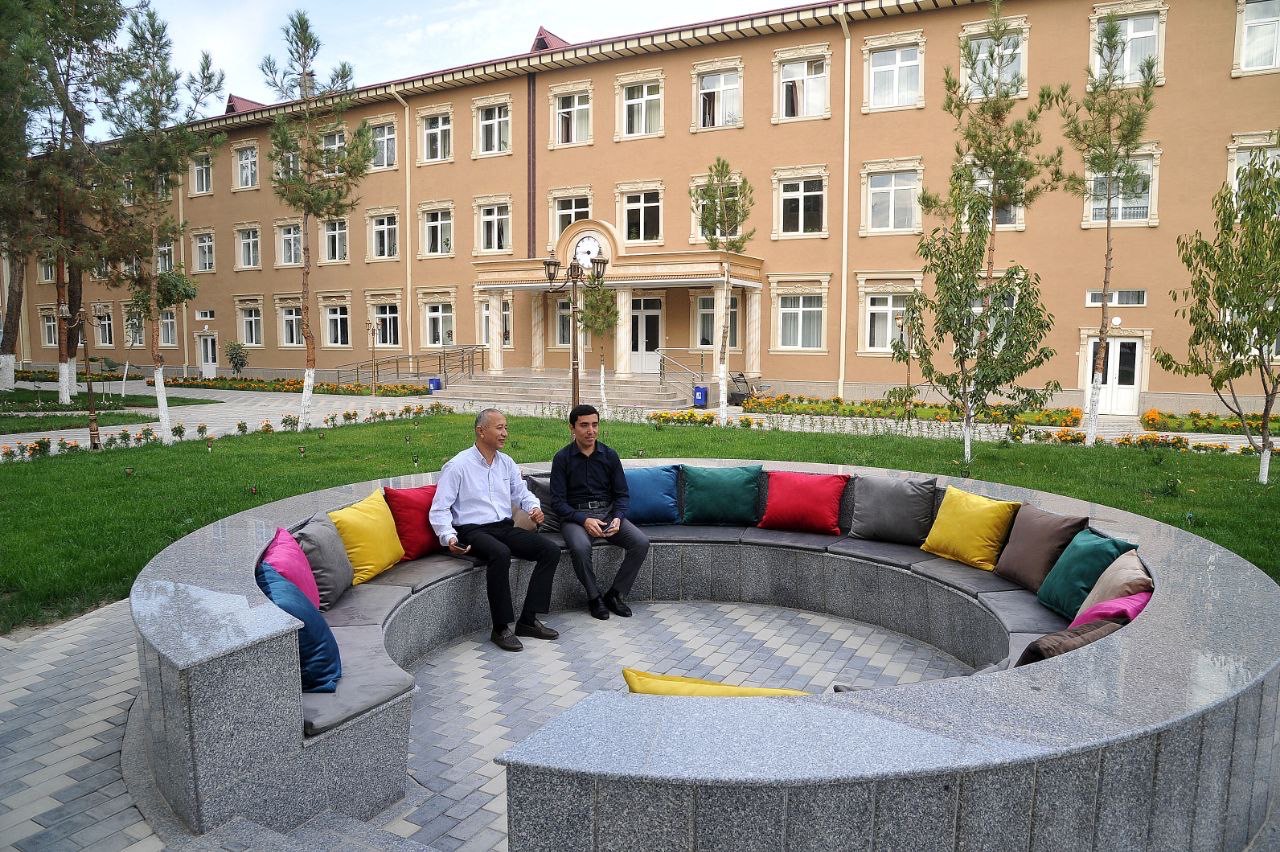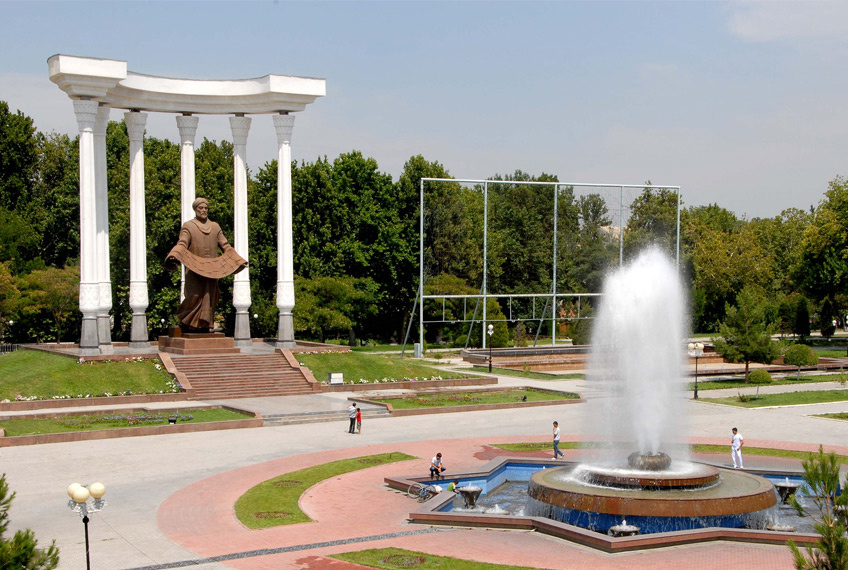- Home
- About
- Our Departments
- Biophysics and IT
- Chemistry and biology
- Communal and occupational hygiene
- Epidemiology and Infectious Diseases
- Histology and pathological anatomy
- Languages
- Microbiology, Virology and immunology
- Normal and Pathological Physiology
- Nursing
- Hygiene of nutrition, children and adolescents
- Pedagogy and Physical Culture
- Pediatrics
- Admission
- Gallery
- Blog







